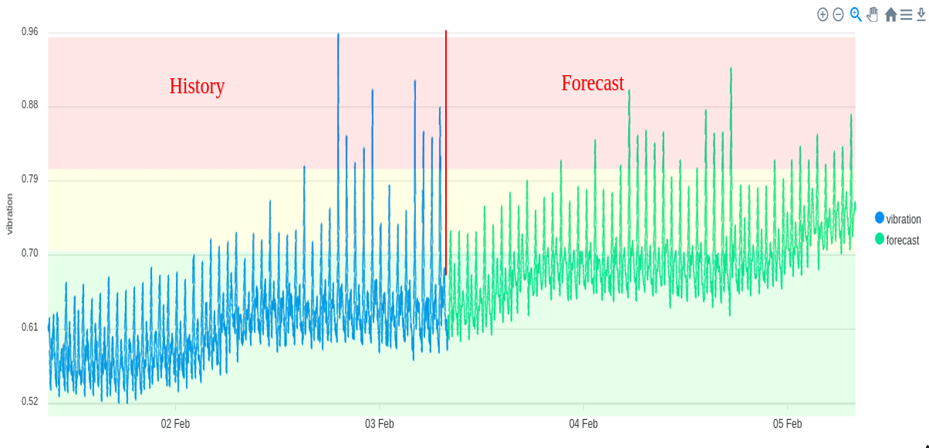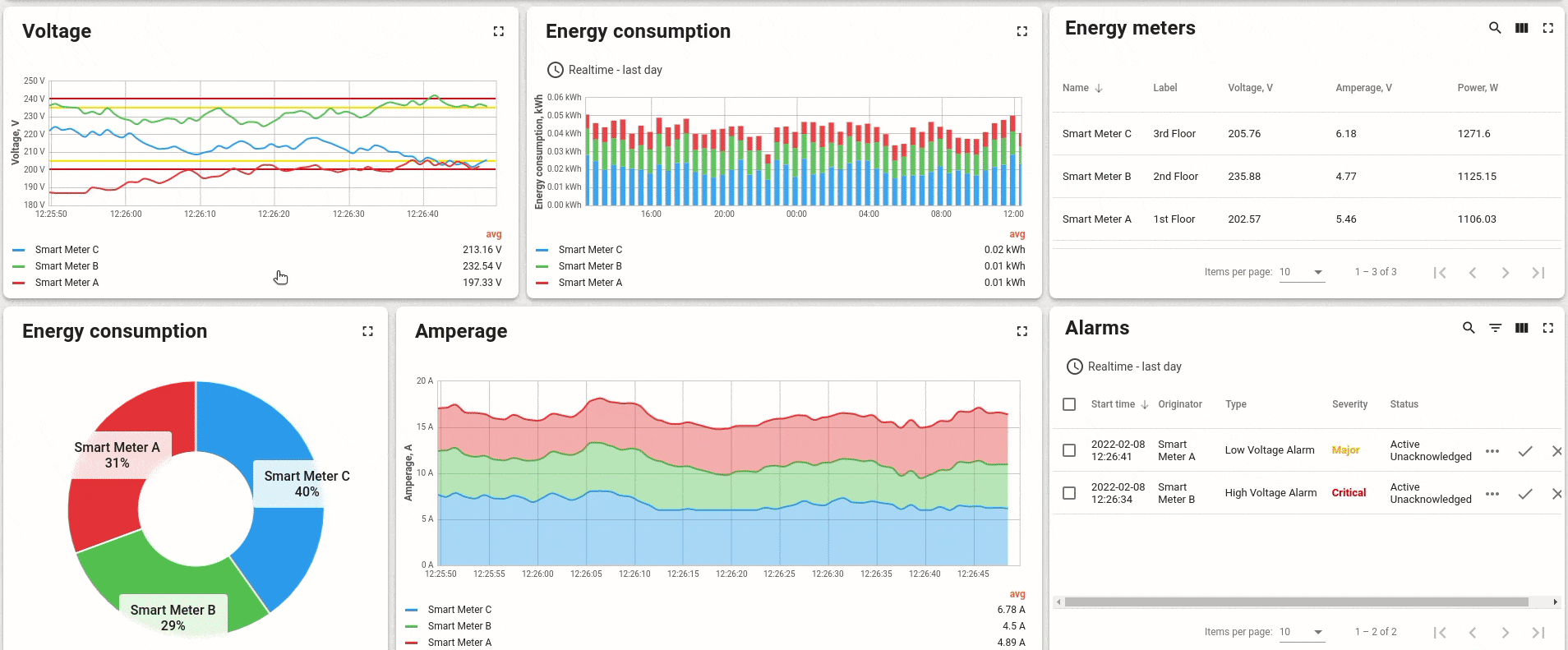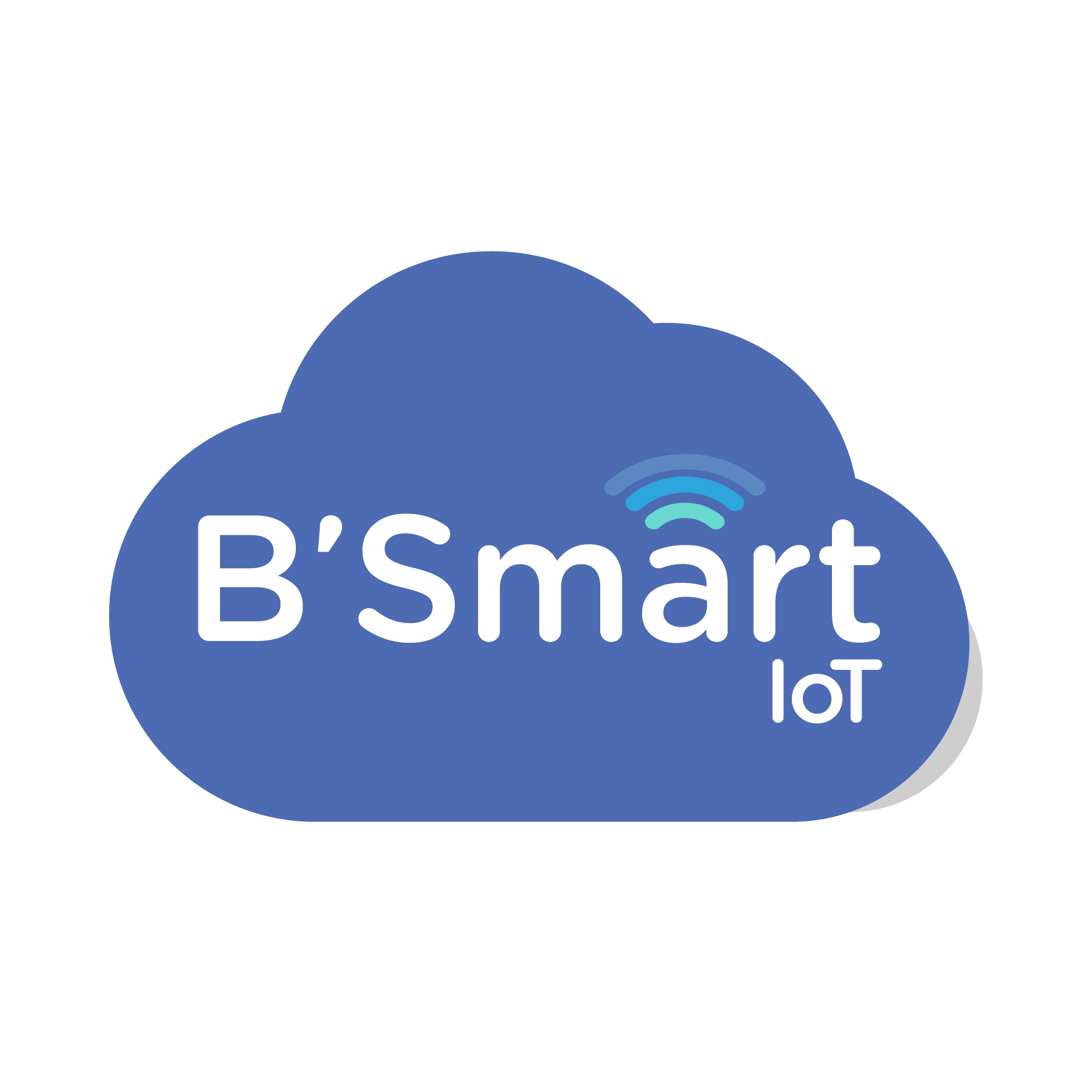New Fleet Digitalization Solution Incorporating Data Analysis
B’Smart is proud to present its latest innovation: the ADVANCED FLEET DIGITALIZATION solution. Designed to be flexible and adaptable to the individual needs of each customer, this solution is the result of our constant commitment to offer the maximum value proposition to our customers through data analysis in fleet digitalization.
We highlight that this solution integrates powerful data analytics capabilities, enabling intelligent and proactive fleet management. Through real-time data analysis, it identifies patterns, trends, and potential areas for improvement, optimizing operational efficiency and reducing maintenance costs. Learn more about the benefits of data analytics here.
Analytical layer: Predictive maintenance through fleet digitalization data analysis.
Predictive maintenance for machinery is a strategy that uses data and analytics to predict when equipment failures are likely to occur, allowing preventative measures to be taken before major problems occur.

Analytical layer: Automatic detection of anomalies through fleet digitization data analysis.
Automatic anomaly detection in machinery is a process of analyzing data and digitizing the fleet that uses algorithms to identify unusual patterns or significant deviations in the operation of industrial equipment, enabling early detection of problems and prevention of failures.

Analytics layer: other features.
-
- Prediction of hours that a machine will work in the coming weeks or months and prediction of hours that a machine will break down and spend in the workshop, which will allow better resource planning.
- Predictive maintenance: Prediction of when a machine is going to break down, automatically creating alarms based on certain KPIs and therefore allowing you to anticipate the breakdown and avoid unnecessary machine stoppages.
- Automatic detection of anomalies in machines.
- Which machines work the most in a certain period of time, and, therefore, what is the repair priority.
- About machines of a certain type, which is the machine that has worked the most, and the one that has worked the least?
- Which are the machines that work more than 160 hours/month and, consequently, require more maintenance with the increase in costs that this entails.
- Which are the machines that break down the most, what type of breakdown they suffer, and with what recurrence.
- Of the entire fleet, what are the brands and models that break down the most? And the ones that break down the least?
- What are the most common causes of breakdowns?
- What is the failure rate based on the working hours of a given machine or group?
- Which machines have the highest performance at the business level?
- Find out what your business’s Co2 footprint is and broken down by machine.
- Prediction of hours that a machine will work in the coming weeks or months and prediction of hours that a machine will break down and spend in the workshop, which will allow better resource planning.
- Predictive maintenance: Prediction of when a machine is going to break down, automatically creating alarms based on certain KPIs and therefore allowing you to anticipate the breakdown and avoid unnecessary machine stoppages.
- Automatic detection of anomalies in machines.
- Which machines work the most in a certain period of time, and, therefore, what is the repair priority.
- About machines of a certain type, which is the machine that has worked the most, and the one that has worked the least?
- Which are the machines that break down the most, what type of breakdown they suffer, and with what recurrence.
- Of the entire fleet, what are the brands and models that break down the most? And the ones that break down the least?
- What are the most common causes of breakdowns?
- What is the failure rate based on the working hours of a given machine or group?
- Which machines have the highest performance at the business level?
- Find out what your business’s Co2 footprint is and broken down by machine.

Functionalities applicable to machinery and vehicle fleets
-
- Device status display (online/offline)
- Engine status with green or red LEDs (color to be chosen) and machine movement status.
- Indication of the machine type based on the color of the “device-type” field
- Machine Hours:
- Total
- Daily
- Monthly
- Annual
Machine work coefficients for each period listed above
-
- Indication of machines that have worked more than 160 hours in the current month.
- Geolocation Type, GPS/LBS
- Notification by e-mail and other means of choice of machines that have worked over the weekend and consultation of them by means of a report.
- Maintenance: the date it has been carried out and when it has to be carried out again, with the option to put the text of the one that has been done and materials used.
- Notice of expiry of ITV.
- Notice of expiry insurance.
- Inclinometer and overweight alarms, excess temperature, pressure, fuel level, etc. and limits indicated in red with status history of the alarms collected.
- Battery voltage history and voltage limits (in red), and alternator failure warning.
- Alarms can be set to go off only if the same is maintained for a certain amount of time, or repeated more than “x” times.
- The alarms can be set to reset themselves, in this case, both reset themselves. They can also be configured with time discrimination.
- Geolocation Type, GPS/LBS
- Real-time and historical GSM signal level
- Everything related to GPS coverage (HDOP, PDP, number of satellites, etc.), instantaneous and historical.
- Last communication of the device and its status (online/offline) indicated in the list in green/red.
- Device manager to modify machine/vehicle hours and tag when needed.
- History of the route taken by the machine or vehicle.
- Alarms for all devices and for each of the devices.
- Specific control panel for each machine/vehicle, adapted to the type of machine (lifting platform, generated, etc.)
- Access to external websites via the web, such as machine manuals, installation diagrams, etc.
- Remote diagnostic codes.
- Device status display (online/offline)
- Indication of the machine type based on the color of the “device-type” field
- KM vehicle direct ECU from the vehicle.
- The alarm can be set to go off only if it is maintained for a certain amount of time, in this case it has been set to 20″.
- The alarm can be set to reset itself, in this case, both reset themselves. They can also be configured with time discrimination.
- Engine status with green or red LEDs and movement status
- Real-time and historical GSM signal level
- Everything related to GPS coverage (HDOP, PDP, number of satellites, etc.), instantaneous and historical
- Last communication.
- Device Manager to Modify Machine Hours and Tag
- Alarms for all devices and for each device
- Device-specific control panel
- RAG (Aggressive Driving Index).
- Access to external websites via the web, such as machine manuals.
- Remote diagnostic codes.
